All files are on GitHub!
The Somatic project's priorities are:
- Control any wearable computer with a heads-up display
- Ready to use all day, instantly, with no Internet
- Doesn't cause fatigue or interfere with other tasks
- Fast enough to do a quick search in less than 10 seconds
The Somatic will not:
- Reproduce your hand in 3-D space
- Let you type on a virtual keyboard
- Use any cloud services at all
The project is still in a pretty rough state. The roadmap includes:
- Collect gesture samples
- Use artificial neural network to recognize letters
- Implement gyro mouse
- Lay out and fab circuit board
- Make case smaller
- Replace on/off Hall sensors with continuous sensors
The Somatic project is MIT licensed, copyright 2019 Zack Freedman and Voidstar Lab.
 Zack Freedman
Zack Freedman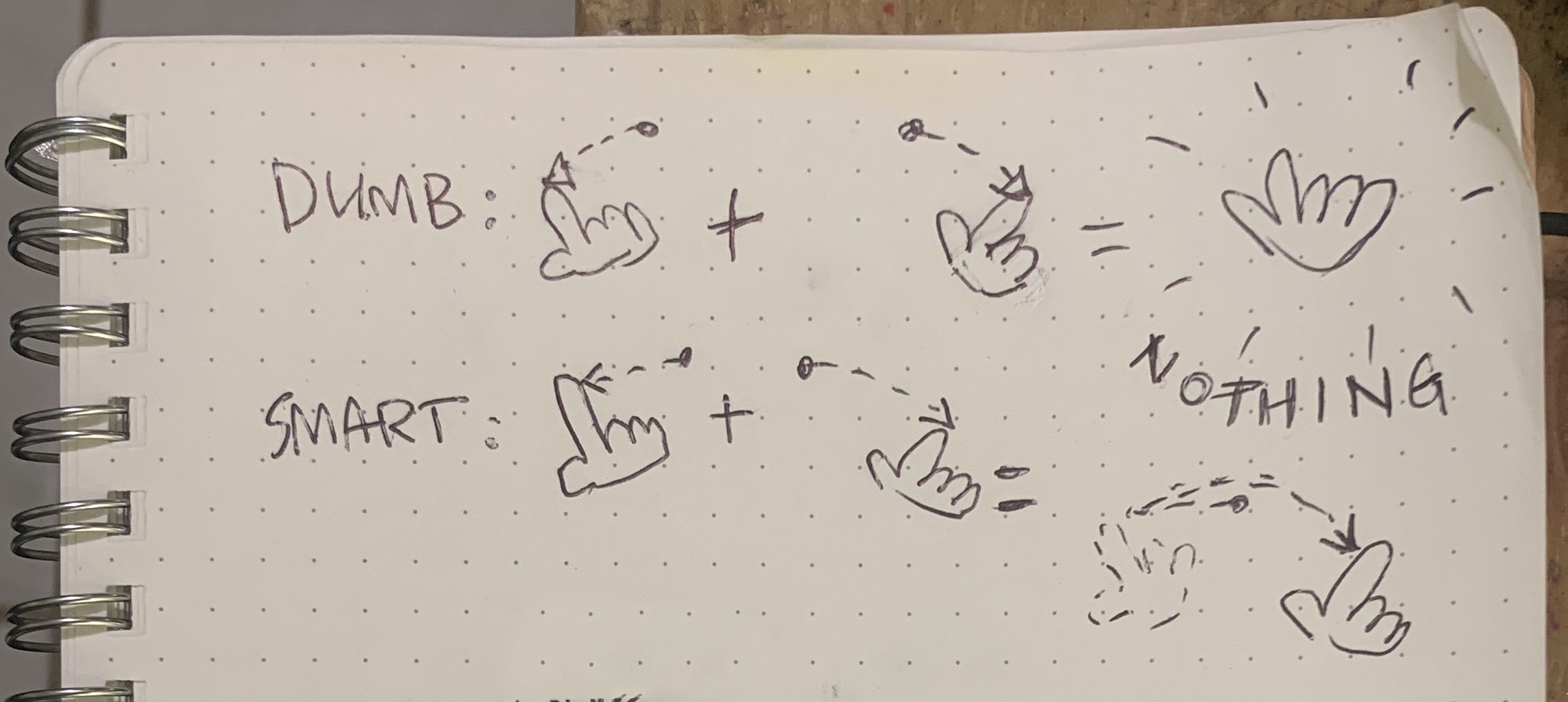
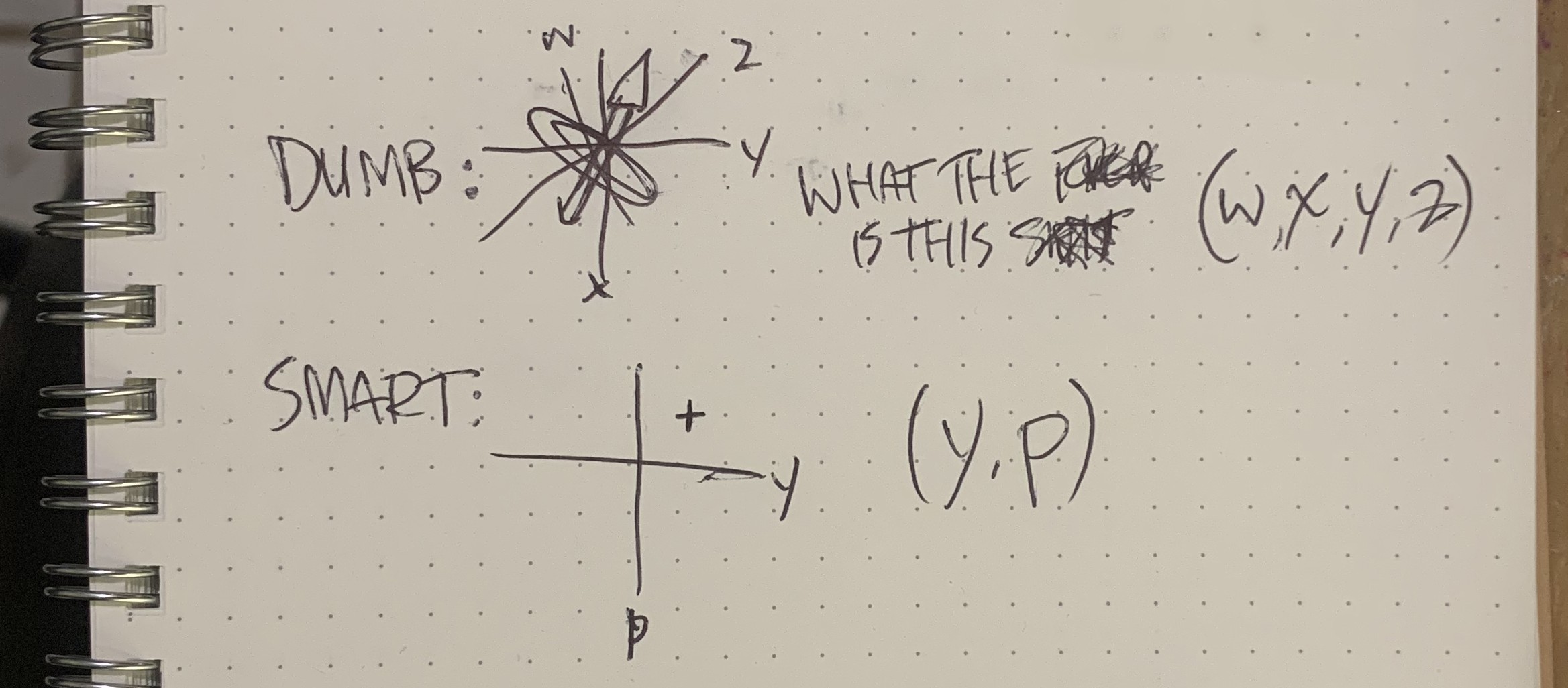
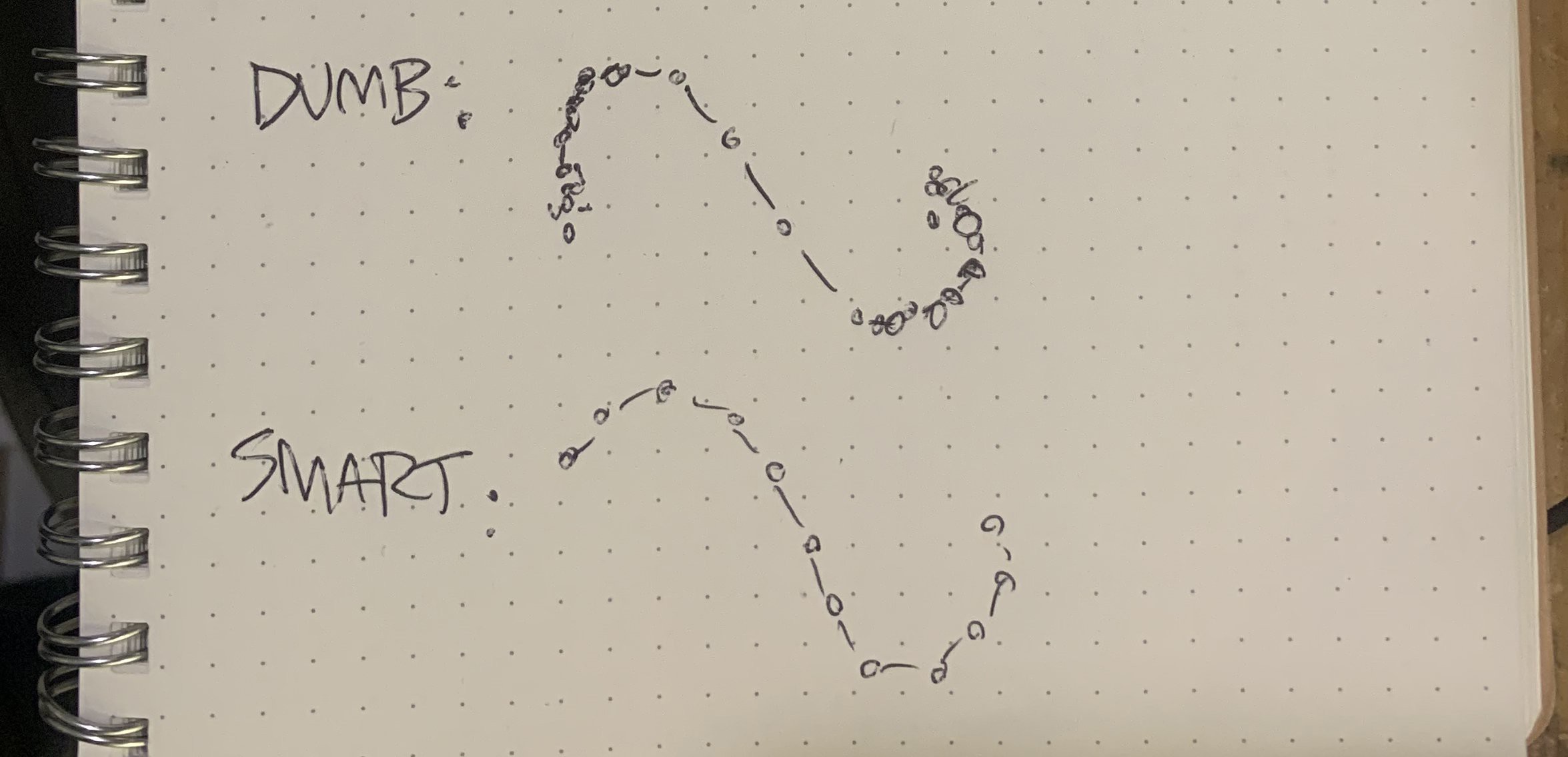
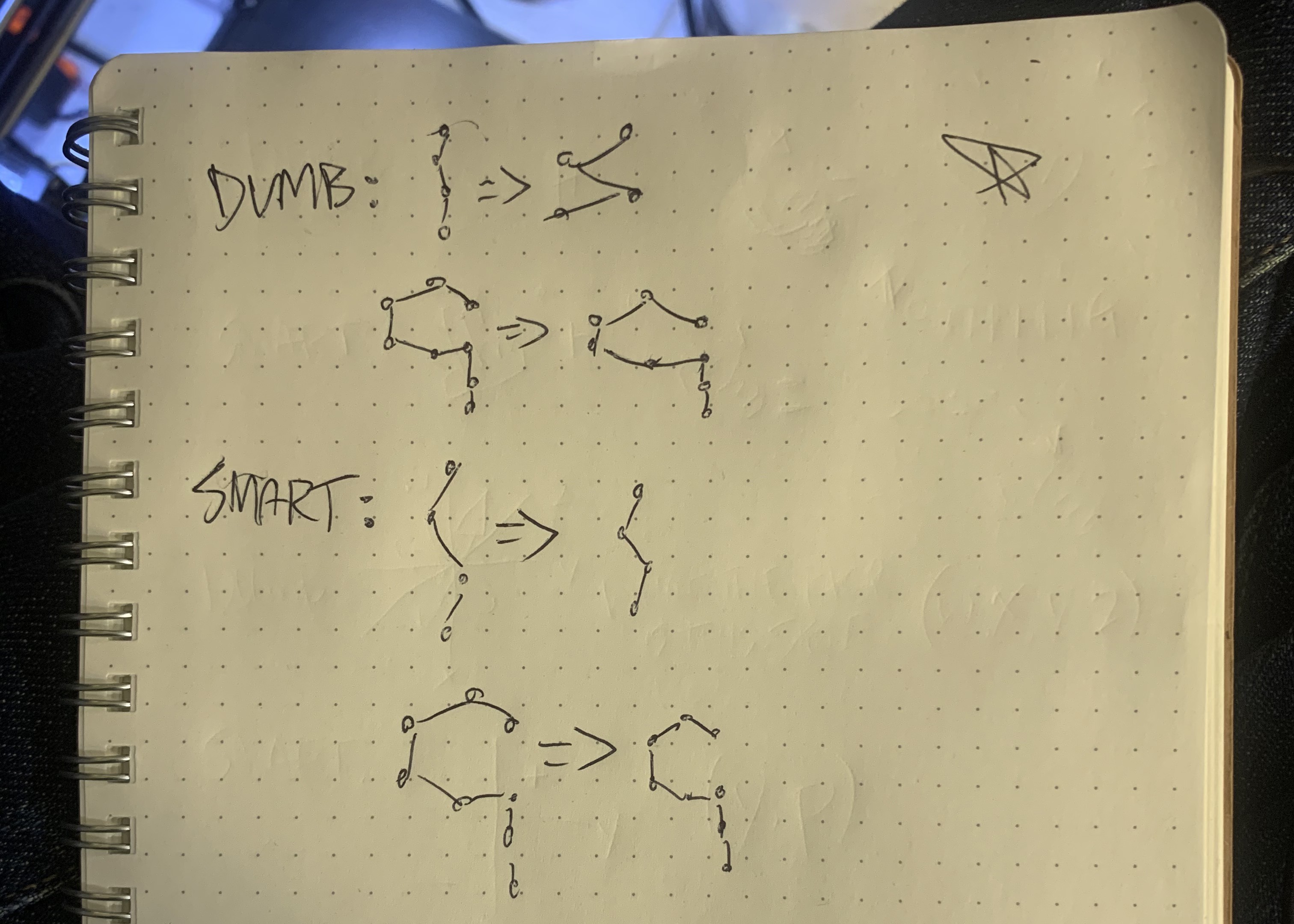
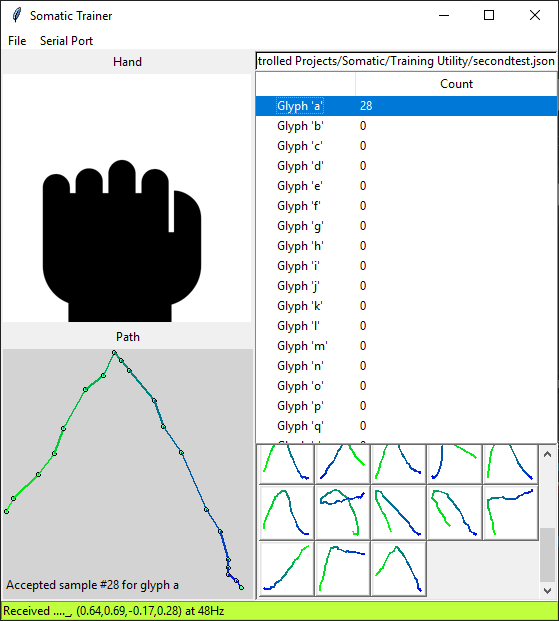


This project is very interesting and beautiful. I am also working on a similar project. I have a question. Why do I need four fingers just as a keyboard and mouse? I think one finger is enough.